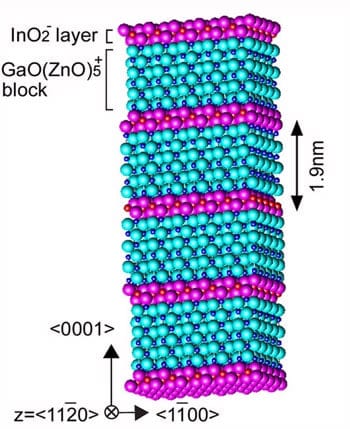Researchers in Japan have made a new type of transparent high-speed transistor that is ten times faster than previous devices. Hideo Hosono and colleagues at Japan Science and Technology in Kawasaki and the Tokyo Institute of Technology made the transistor from a single-crystal thin-film oxide semiconductor. The result is a step towards next-generation optoelectronics, such as see-through displays and projectors (K Nomura et al. 2003 Science 300 1269).

Semiconductor oxides are widely used as passive coatings in applications such as display panels and solar cells. Although most of these oxides are transparent, they do not conduct electricity and cannot therefore be used as the active components in devices. If such oxides could be made to conduct, this would help create ‘invisible circuits’ that could lead to a whole host of new optoelectronics applications.
Ideally, a field-effect transistor (FET) should have a high mobility but FETs made from transparent oxide semiconductors – such as zinc oxide – have mobilities of about 1 to 3 square centimetres per volt per second at room temperature. Now, Hosono and co-workers have created a transparent FET with a mobility of 80 square centimetres per volt per second. The FET has a high mobility because it is made from a single crystal film and so is free from defects.
Although the transistor would be too expensive to manufacture at present, the result proves that transparent devices with very large mobilities can be made.



